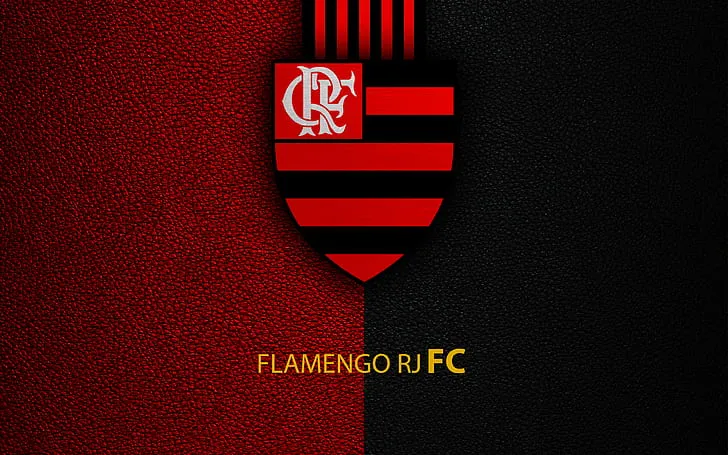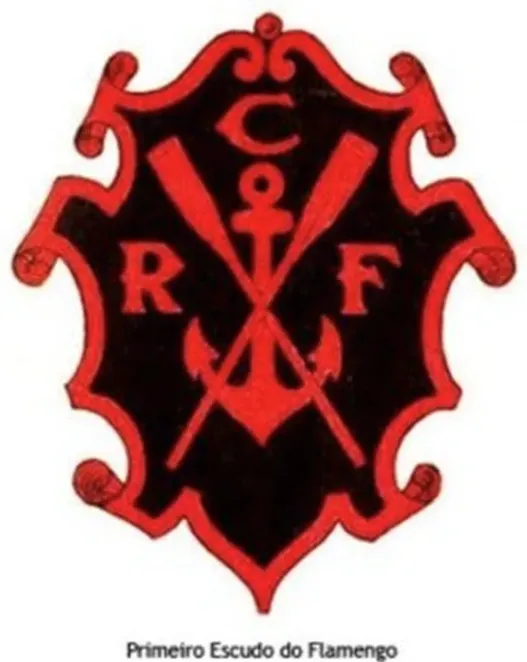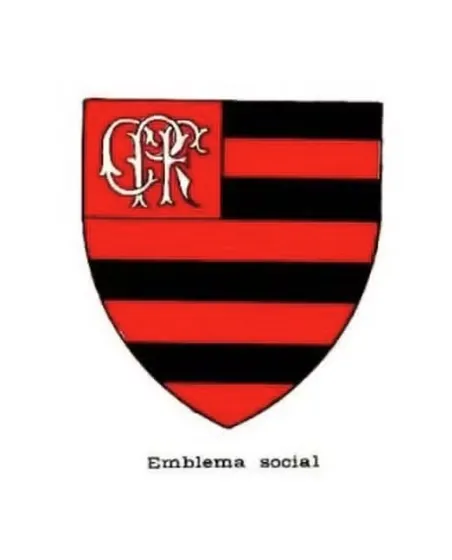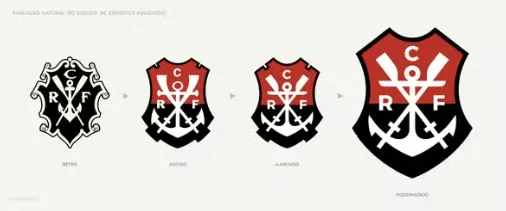The Clube de Regatas do Flamengo is one of the most influential teams in Brazilian and world football, whose iconic shield symbolizes a history full of glories and achievements. The legendary team of the 80s, with Zico and Júnior as highlights, immortalized the name Flamengo in the annals of sport.

However, many may not know that the Flamengo Shield was not originally created for football, but rather for rowing, which was the club's main sport at its founding. Let BRG365 take you through the evolution and tradition behind the Flamengo shield.
The Colors of the Flamengo Shield
The blue represented the Guanabara Bay and the yellow symbolized the wealth and glory of Brazil, colors inspired by the Rowing Club founded in 1895 by young nationalists. However, as highlighted by Flamengo historian João Pedro Nunes Pereira, there was never an official shield in these colors.

Origin of the Flamengo Shield
The first Flamengo Shield in red and black appeared at the end of the XIX century, initially to represent rowing, the club's founding sport. With the introduction of football, a new shield was created, both being officially recognized, reflecting Flamengo's sporting diversity.
Initially, the official colors would be yellow and blue, in homage to the Guanabara Bay (blue) and the riches of Brazil (yellow). However, these colors were quickly abandoned due to the high cost of imported fabrics and their vulnerability to the sun and seawater. Thus, red and black, symbolizing strength and passion, were permanently adopted.
The Introduction of "CRF"
Although many consider that the Flamengo Shield already existed before, it was only in 1915 that the club officially recognized it. The first symbol referred to rowing, featuring an emblem with anchors and the monogram "CRF" in red on a black background, appearing for the first time in the club's statutes.

The Arrival of Football and the New Shield
Football was introduced to Flamengo in 1911. As the rowing uniform was not suitable for football, the club created a new shield for the sport. It featured horizontal stripes in red and black, with the monogram "CRF" in white on a red background in the upper left corner.
The Official Recognition of the Flamengo Shield
In 1930, according to the research of historian João Pedro Nunes Pereira, the version of the Flamengo Shield was officially registered in the club's statutes. The symbol maintained its traditional characteristics while incorporating some changes that had already been used unofficially.
Modernization
In 2018, designer Fabio Lopez led the modernization process of the Flamengo Shield. The nautical shield was simplified, with anchors and oars redesigned for greater clarity and a thicker outline to improve visual identification. The terrestrial shield also received a new design for the monogram "CRF", now more dynamic and modern, preserving the balance between tradition and innovation.

What Does CRF Mean on the Flamengo Shield?
It stands for Clube de Regatas do Flamengo.
Why is Flamengo Called Flamengo?
128 years ago, a group of young people gathered at Flamengo Beach in Rio de Janeiro to found a rowing club that would later become a football team. The chosen name was Clube de Regatas do Flamengo, inspired by the beach where the friends used to meet.
The Flamengo Shield has withstood the test of time, symbolizing the glorious history of the club. Whether preserving the traditional design or incorporating modern innovations, this symbol inspires thousands of fans, representing passion, victory, and the eternal rubro-negro spirit.
Recommended Reading:
The origin of the Flamengo jersey